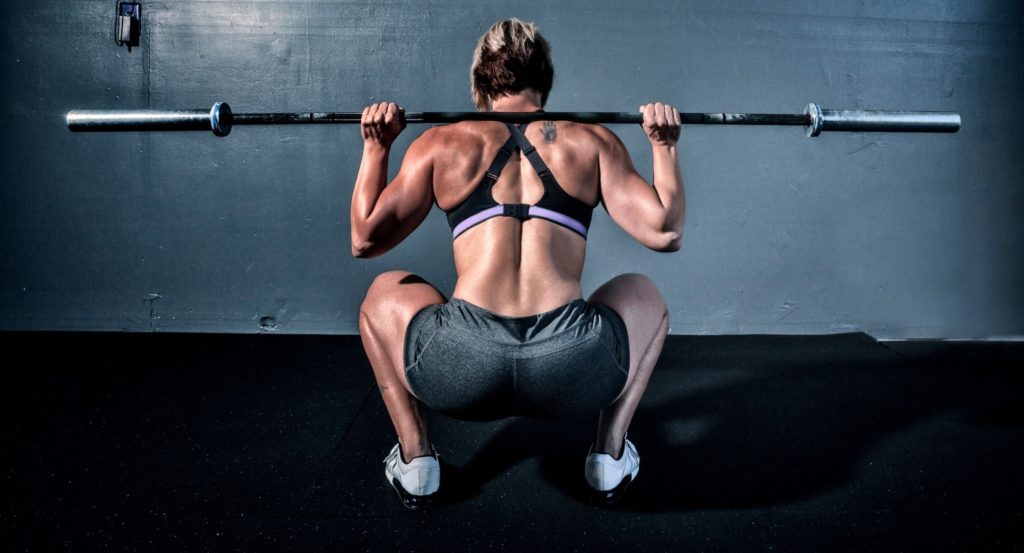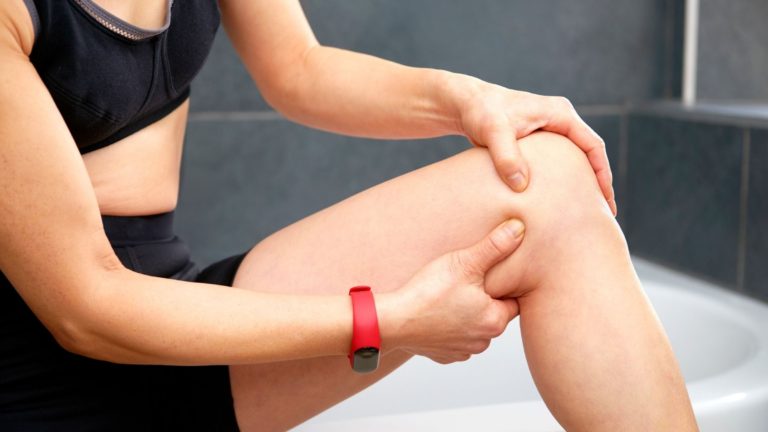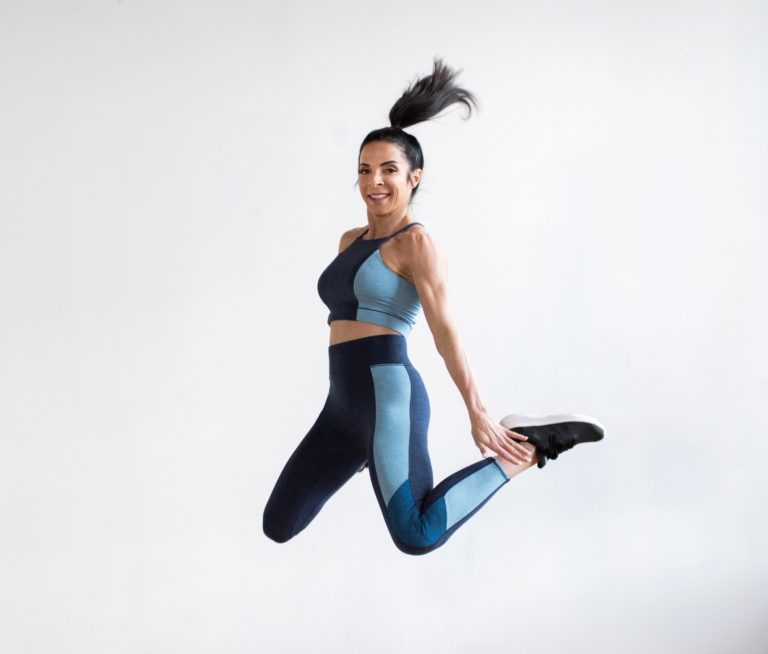

Get access to everything we publish when you
sign up for Outside+.
Many fitness enthusiasts do hip mobility work in hopes of achieving lower squats. It’s a great goal to strive for, since getting low during squats can help tone and strengthen your glutes, thighs and core. But hip mobility exercises may not automatically lead to better squat range of motion, and the result is often disappointment.
From yogi squats, butterflies and frogs, to bretzels or figure fours… How many different hip mobility drills have you tried? To be fair, they make fantastic additions to any warm-up routine if your goal is to improve your hip and joint health or decrease stiffness, but they may not solve your squat form problem.
If hip mobility isn’t the magic solution to your squat goals, what can we do instead? The good news is it doesn’t take years, months or even weeks. You can achieve a lower squat during your next leg workout. The key is not how many mobility exercises you can do, but rather a more intentional focus on movement cues that matter.
Grab a dowel rod, broomstick, or a similar object, then give the following squat form rehab sequence a try.
Step 1: Align Your Dowel Rod
Hold the dowel rod in your right hand with your hand placed about a foot from one end. Bring your right hand behind your head, still holding the dowel rod vertically — it should run down the length of your spine toward your tail bone.
Next, put the backside of your left hand on the back of your pelvis. Grasp the dowel rod with your left hand. At this point, the dowel rod is still lined up along your spine from your head to your tail bone. You will have three points of body contact with the dowel throughout your entire movement:
- Your head.
- Your mid back.
- The back of your pelvis.
Chances are there is a portion sticking up overhead; I call this the “unicorn horn.”
Step 2: Foot Placement
Place your feet on the floor so your insteps align directly under your armpits. Wider or narrower stances are more likely to limit your depth. It is OK for toes to turn slightly outward. In fact, it is normal. Very few humans have skeletons with forward-facing toes, so why fight our natural alignment?
Step 3: Foot Tripods
We may have heard “keep your weight in your heels.” This is a helpful cue because it helps keep our knees behind the edges of our toes. The cue, however, doesn’t tell us where to put our toes. Include your entire foot by also pressing all of your toes into the floor, so each foot is like a tripod. When weight is evenly distributed between the heels and all of the toes, you have a stable platform to support your squats.
Step 4: The Descent
Before you move, tighten your core as if you’re doing a plank. Imagine that someone is gently pushing the front of each hip socket down and back into a hip hinge. Keep your three points of contact with the dowel rod throughout the diagonal back-and-down descending movement.
Go as low as you can, without losing those points of contact. Notice that the unicorn horn will point toward where the ceiling meets the wall in front of you.
Step 5: Line of Sight
Where are you looking? The direction of your gaze can completely change the depth of your squat. Near the bottom of your squat, your eyes will actually be toward the lower portion of the wall in front of you.
If you raise your head to look upward, notice the way your ribs stick out, your back arches and you lose your points of contact on the dowel rod. You want to keep those contact points instead of losing them.
Step 5: The Ascent
Before you rise up from the bottom of your squat, squeeze your glutes and be careful to keep a flat back instead of rounding.
Actively push your tripod feet into the floor, as if you’re trying to push the floor into the basement. Use this active force against the floor, coupled with your glute squeeze, to ascend.
Notice your body ascends on a slight diagonal up and forward, as a squat is not a pure up and down movement.
Step 6: Practice Unicorn Squats, Then Progress
Once you’ve mastered the alignment and depth of these unicorn squats, it’s time to add weights! Trade the dowel for your favorite dumbbells, kettlebells, or barbells.
Be intentional to keep all of the great movement cues you’ve built as you apply the steps to new variations. If the barbell back squat happens to be your favorite, use a slightly wider stance with toes angled slightly more outward than you would with dumbbell suitcase or goblet squat techniques.
Published at Wed, 02 Mar 2022 06:47:09 -0800






